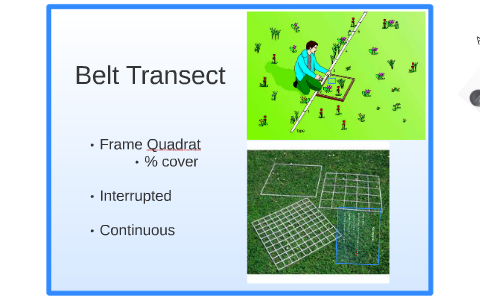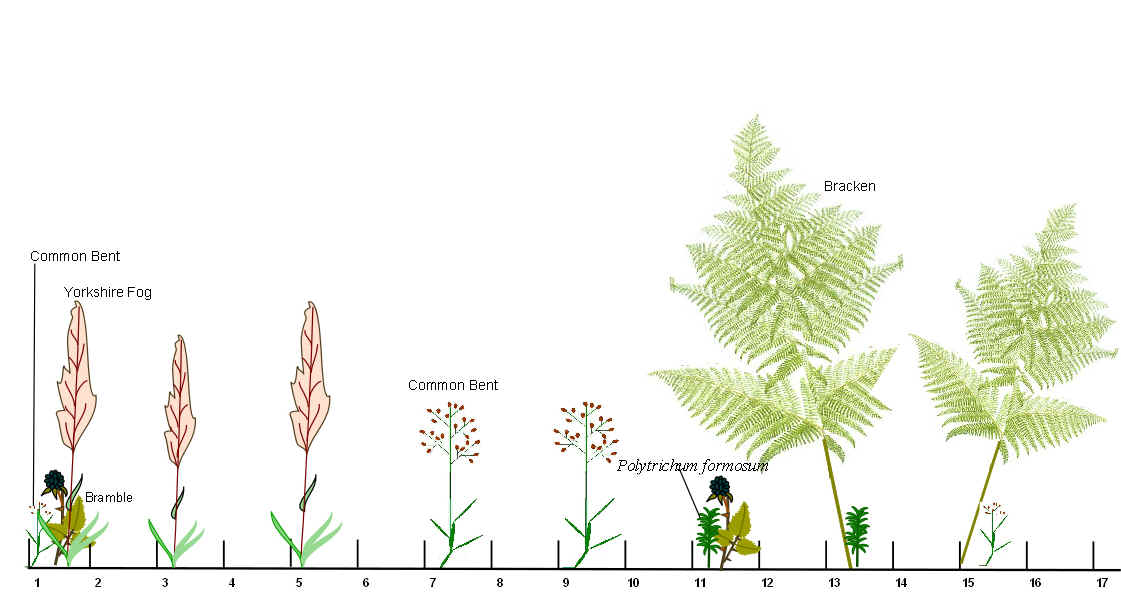Roads & PavementRoads & Pavement
Barefoot
Minimal
Low
Medium
High
Maximal
All around running shoes offer comfort and cushioning for daily runs, jogs, walks, and long mileage. They offer enough versatility for both faster and slower runs and are a great option for those who want one running shoe to do it all.
Fast run or uptempo running shoes are lightweight and responsive. They offer streamlined designs that have minimal uppers and offer a high level of energy return. These shoes are a great option for faster runs in the week or those looking for a livelier experience.
Max Cushion shoes offer premium cushioning with ample ground protection and a stable ride. These types of shoes provide abundant impact protection that softens landings while running at any pace or distance. These types of shoes are best for slower recovery runs and easy days where comfort takes priority.
Racing shoes are designed with optimal performance in mind. These types of shoes have snug-fitting uppers, energetic midsole foams, and features implemented for maximum efficiency. These types of shoes are best for runners looking to gain the ultimate advantage in races but may sacrifice some durability and comfort.
Gym Workout shoes offer a stable and versatile ride. They have a firmer underfoot feeling that provides stability for lateral movements with comfortable uppers. These types of shoes are best for trips to the gyms, cross training, casual wear, and light running. Ecosystems 6 CLF Online Learning
Road running shoes feature smooth outsoles that are designed for running on paved surfaces such as roads, sidewalks, and bike paths.
Designed to handle most trail runs, these shoes prioritize comfort and a smooth ride. These shoes are great for anything from smooth singletrack, park trails, and fireroads making them ideal for those who run from their doorstep on streets before hitting the trail.
These shoes are best used for hard, rugged trails such as shale, granite or sandstone where grip on smooth surfaces and underfoot protection are important.
Designed for use in muddy, soggy conditions, these shoes feature very aggressive outsoles that dig deep into soft ground for exceptional traction.
These shoes feature technical outsoles designed to grip snowy and icy trails making them ideal for winter trail running.
Cushioning level, or stack height, refers to how much shoe is between your foot and the ground. For this category, we reference the amount of cushioning below the forefoot as the heel height will be equal to or greater than the forefoot height.
Sampling areas consisted of belt transects and 50 m line segments
0-13mm. The Shoe generally does not have a midsole and feels like there is no cushioning. This shoe is all about feeling the ground underfoot.
14-18mm. The shoe has a thin midsole that allows for a natural running experience. Racing shoes and minimalist shoes are common here. These shoes offer a feeling of being connected to the road or trail.
19-23mm. The shoe has a slightly cushioned feel and may feature added cushioning technologies. Performance training shoes and some trail shoes are common here. These offer protection during footstrike but prioritize a lightweight, grounded experience.
24-28mm. These shoes have a stack height that fall near the middle of the spectrum.The shoes in this category are verstaile and great for all types of runs and distances.
29-34mm. The shoe has a thick midsole and ample cushioning. These shoes are highly protective and absorb more impact than the body.
35mm plus. The shoe has an extremely thick midsole and extra cushioning. The focus is on protection and soft foam underfoot with hardly any ground feel.
Neutral shoes support the foot through a normal range of arch collapse and generally do not have a built-in technology to correct movement.
Stability shoes are a great option for those who overpronate or need added support. These shoes help to limit the inward rolling motion of the ankle while running or walking and assist in guiding the foot straight through the gait cycle. AN INTRODUCTION TO LINE TRANSECT SAMPLING AND ITS APPLICATIONS
Product Details:
Belt transect hi res stock photography and images Alamy store, The store, 2001 Belt Transect diagram across the Heathland Restoration store, Sampling Strategies and Quadrats ppt download store, Difference Between Belt and Line Transect Compare the Difference store, Belt Transect Method PDF Chi Squared Test Correlation And store, 13 Ecological techniques Flashcards Quizlet store, Belt Transects p68 YouTube store, NOAA Ocean Explorer Gulf of Mexico Deep Sea Habitats Belt Transects store, Edexcel A SNAB A Level Biology 5.1.4 Practical store, Belt Transect Worksheet Teaching Resources store, 3. Sampling layout of the series of belt transects sampled down store, Tree Diversity Final Lab Blog UTC Ecology Lab Blog store, 2001 Belt Transect diagram across the Heathland Restoration store, Advantages and Disadvantages of Belt Transects store, Solved Line transect sampling Objectives 1. Use line Chegg store, 1 Diagrammatic representation of a diver conducting a belt store, Line Transects Texas Parks Wildlife Department store, AN INTRODUCTION TO LINE TRANSECT SAMPLING AND ITS APPLICATIONS store, 2001 Belt Transect diagram across the Heathland Restoration store, Core practical 16a Investigate the effect of one abiotic factor store, Solved The belt transect is 50 m long 2 m wide total and store, DSE Bio Quadrat Line transect and Belt transect Ecology 2 store, Line Intercept store, 9. A 6 x 100 m belt transect used as a sampling unit for combined store, Efficiency in assessment and monitoring methods scaling down store, How can biotic factors be measured STEM LYNDALE SECONDARY COLLEGE store, Illustration of an instantaneous count snapshot of sharks in a store, 9.1.6 Sampling Organisms Edexcel GCSE Biology Combined Science store, Sampling Design Diagrams store, Lecture 16 Survey methods Flashcards Quizlet store, PopEcol store, Layout of 10 30 m belt transects for sampling biomass of store, 2001 Belt Transect diagram across the Heathland Restoration store, A Belt Transect Fish Abundance Survey Methodology Using an store, CB9 Edexcel Lesson 5 core practical belt transects Teaching store, Fish belt transect MERMAID store, 2001 Belt Transect diagram across the Heathland Restoration store, Solved Part 1 Studying a Transect. A transect is a straight line store, AN INTRODUCTION TO LINE TRANSECT SAMPLING AND ITS APPLICATIONS store, Sampling areas consisted of belt transects and 50 m line segments store, Ecosystems 6 CLF Online Learning store, Belt Transect by Mark Lavery on Prezi store, Visual Census use Belt Transect Method English et al. 1997 store, Difference Between Belt and Line Transect Compare the Difference store, Difference Between Belt and Line Transect Compare the Difference store, Plot and subplot design using line and belt transect methodologies store, 18.2.4 Testing for Distribution Abundance CIE A Level Biology store, Belt Transects p68 store, The modified belt transect method employed in the plant diversity store, Product Info:
Belt transect store.
- Increased inherent stability
- Smooth transitions
- All day comfort
Model Number: SKU#7021757



